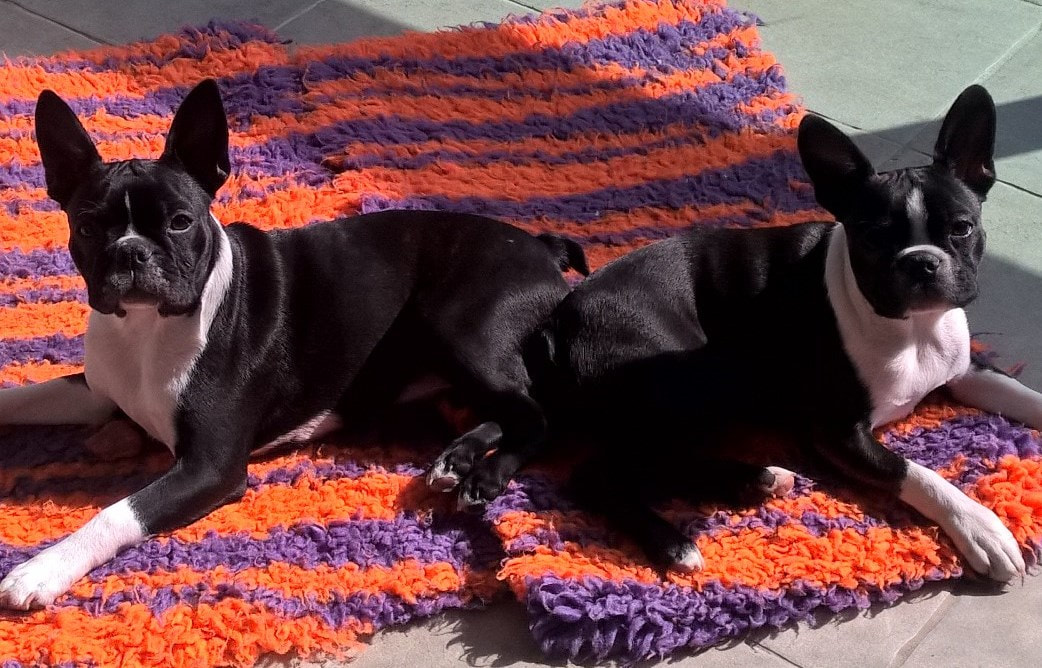
It was the usual routine: the girls were called into the office, each sat in front of the chair to have her chest harness put on followed by the collar. On this occasion, Mojo’s ears flattened to her head at the same time as the buckle was clipped together, pinching her ear. She yelped in pain and despite the ear being released immediately and lots of reassurance and cuddles, she was visibly affected. For the next week Mojo would run away at the sight of the harness which wasn’t even the ear-pinching culprit. During the assessment her caregiver reported that Mojo usually flattened her ears when the collar was put on, and that’s how the ear got caught. This is a significant piece of information. Ears back are often a sign of stress; a signal that a dog is worried about something. Mojo may have had concerns about the collar being applied in the past but tolerated the procedure because she likes treats and enjoys the walks that the collar predicts. The painful incident may have tipped her over the edge so that something she didn’t particularly enjoy now became something she earnestly wanted to avoid.
She had to be physically lifted into the office where she would roll over onto her back in a desperate appeasement gesture to prevent the impending harness ritual. The harness had always been the precursor to the offending collar being applied, so it had now become part of the signal that the collar was coming next. This is very common whenever a painful or unpleasant event occurs. Dogs remember many of the aspects of the environment that were present during the traumatic event and these then become salient signals of impending doom in the future.
The harness and collar could be put on if Mojo was gently restrained but given the choice, she would rather flee. Once the collar was on she seemed uncomfortable or distressed, trying to remove the collar. On the walk she finally appeared back to normal. But each day it was the same escape response at the sight of the harness. Adding treats didn’t improve her behaviour; she simply ate and ran. This is because treats were given before the harness was produced. Treats had become one of the signals that the scary apparatus was next to appear, so get out of Dallas now! When using food in training it’s not all about the food that gets results. It’s the way food is used. This knowledge was used as part of the plan to help Mojo overcome her fear. Food must not come before the harness or collar.
I observed Mojo’s reaction in order to assess the different parts of the procedure and to devise a behaviour change plan for her. It was obvious that she was an unwillingly participant whose modus operandi was to avoid the office, harness and collar. But avoidance wasn’t working for her and instead of getting used to the process she was scared every day.
Her caregiver had used food to make it more pleasant, but for the reason I’ve already mentioned, this wasn’t working. She’d also tried to help Mojo get used to the clicking sound of the buckle by sitting on the couch with Mojo and repeatedly making the clicking noise. Mojo would startle each time and it didn’t change her avoidance behaviour at the sight of the harness. This is a common approach adopted for helping dogs overcome fears: present them with what they are trying to avoid (or part of it) over and over and they should get used to it. It doesn’t always help dogs. It can backfire and can intensify a dog’s fear. It’s also an unpleasant process for the dog to go through whether it works or not. There are effective alternatives that avoid the distress this process may cause to the learner.
I aborted my observations at the point where Mojo was restrained and rolled over in a tense appeasement gesture. It was clear that the harness could be put on despite her attempts to communicate her stress and I didn’t want to risk slowing down the training that was coming next by ignoring her body language.
I created a new plan to introduce the harness and collar in a carefully choreographed way.
- I left the office behind and started in the living room. Remember those salient environmental factors that dogs associate with a fearful event? The office may well be part of this because every time the harness and collar are put on it is in the office. The painful event occurred in the office. The office is not a safe place as far as Mojo is concerned – a biting collar could pop up at any time. The living area is large, open and she can see what’s going on. No surprises will pop around the corner.
- Mojo was not restrained. I did not run after her or pick her up. She came when she felt comfortable and she could increase distance when she needed. If she pulled back or rolled over, I stopped what I was doing. (In the accompanying video you will notice that I didn’t totally respect this part of the plan and clipped up the harness while she was lying down. Ideally I should have continued to touch and move the harness in small increments until she showed no signs of escape or avoidance. I recognized this and spent a minute or so reinforcing her for simply remaining with me, no pressure or touching, before continuing with the plan. I was trying to demonstrate as much as I could in a short amount of time for the caregiver to continue with. But, that’s really no excuse, is it Mojo?)
- The harness was presented in stages and she received food each time it was shown. The harness disappeared behind my back and no treats came. It is only when the harness appeared that food magically arrived. This order is very important. Harness first signals food is coming rather than the food predicting the scary harness is coming. Reversing this order can make the whole process ineffective.
- The harness was shown to her first from a small distance. If there was little or no sign of avoidance like tensing, flinching, ears back, leaning away or moving away, the next step was taken.
- The harness was shown to her at a closer distance.
- The harness was placed beside her.
- The harness was slipped over her head, followed by a treat and her behaviour was observed to see if she would escape. I took my time at this point rather than immediately putting her front leg through the harness or doing it up. She needed to be comfortable and show no signs of running away. I wasn’t physically restraining her and I didn’t want her to go running off with a harness half-on, half-off. I was ready to slip it off if she looked like running away. I kept giving food since the harness was still present.
- The harness was touched and wiggled while it was on, followed by food.
- The harness was clipped up followed by food. (This is where I went too fast.) Despite my haste, Mojo stayed with me and accepted food. This was a good sign because later in the procedure, when a step was too much for her, she would run away without taking food.
- The collar was introduced in a similar way to the harness; shown first from a distance followed by a treat, then the collar disappeared and treats stopped.
- The collar was shown to her at a closer distance.
- The collar was placed beside her and the tags jiggled. She stayed, I clicked and reinforced with a treat.
- The collar was placed under her chin and jiggled. She stayed and the behaviour was reinforced.
- The collar was held with two hands and placed under her chin. (It had been held in one had prior to this.) This is where she backed away and then ran away without taking a treat. Holding a collar in one hand is very different to the collar being held outstretched in two hands that are reaching for her neck. This is valuable information and lets me know I have progressed too quickly.
I then added her caregiver to the plan. I’ll remind you again of how dogs will be making associations with many things that are in the environment when they experience something unpleasant. Mojo was able to come up to me despite me holding the harness and collar whereas she ran away when her caregiver held them. One of the reasons for this difference may be that Mojo and I have no negative history, or any history, relating to the harness and collar. I spent the time proving to her that she had nothing to fear from the harness and collar before moving on to the scenario more similar to real life: her caregiver sitting in a chair. Remember that the collar is usually put on from a chair, so this is an important environmental aspect to add. We ran through the steps above with the collar that I had demonstrated. Then we progressed to touching the collar under her chin for a second.
That was enough for one session. I left instructions for future steps:
- Wrap the collar around her neck for a second. Reinforce for staying.
- Wrap the collar around her neck for 2 seconds, then 3 seconds, then 4 seconds etc and reinforce for staying.
- Wrap the collar around her neck and make a clicking sound with the buckle without doing it up and immediately reinforce Mojo for staying. I predicted this would be a hard step because the buckle sound came immediately before the pain. It was important to make sure she showed no signs of stress with many fake clip-ups before moving on to the next step. This is so the collar can be removed quickly if she startles in the early stages. If it’s done up and she runs off, she takes the offending collar with her!
- Wrap the collar around her neck and do it up. Reinforce her for staying.
- Have a party with her now the collar is on. The collar is fun. Ask her to do her favourite tricks or the easiest tasks she knows and reinforce.
- Then take the collar off and the party is over. This makes her look forward to the collar going on again.
This training was to be done about two to three times a day for up to 20 minutes at times when there was no need to go for a walk so that it was not rushed and there was no stress for the trainer or trainee. If Mojo had to be walked during this time it would be best to take her to another part of the house or into the car and place the harness and collar on in there, to protect the training where it needed to occur. It would be best not to put the collar on but it is a legal requirement when out in public for the identity and registration tags. I predicted it may take a few days or maybe a week to get the collar on without escape behaviours. Whether it transferred to the office easily would need to be assessed at the time she was ready.
I was elated when I got a message the next day from Mojo’s mum which blew my conservative estimation out of the water: “Just got the collar on and she is happy - thank you SO MUCH. Did it a bit this morning and let it go and then 20 mins this afternoon and she was right. I will continue doing it for a bit yet until she is absolutely comfortable but she was fine when I clipped it on and is running around playing.”
The challenge now is not to go too fast and ignore the ears back. Ideally this game should continue until Mojo comes running expectantly, keeping her ears forward as the collar is put on. Then we know we have helped to a point where she is more confident than when she originally started having the collar put on.
This is not a how-to article, it’s more of a synopsis on how to approach and problem-solve the escape and avoidance behaviour of a particular individual in a particular circumstance. The principles can be transferred to other individuals. I hope it highlights how going slowly in very small steps is not painstaking but is quicker in the long run. Mojo was not improving until she was assessed and a plan was designed specifically for her. What makes a successful behaviour change plan is also its implementation. Her caregiver was committed to helping her overcome her fear and this was key to a successful behaviour change programme and, no doubt, to the breakneck speed of improvement. She wasn’t in a rush and already had a strong, positive relationship with Mojo. Despite the incident, Mojo still trusted her so the damage done by this single painful event was minimal. Mojo will most probably always be a sensitive wee soul but if her fears are approached with care and patience, she will gradually develop more resilience.
Thanks to her caregiver for allowing me to share her story and video footage. Here is the link to Mojo's video for email subscribers: https://youtu.be/wuhlbOwJtCI

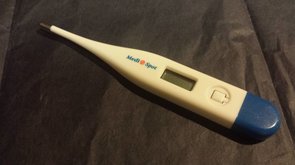

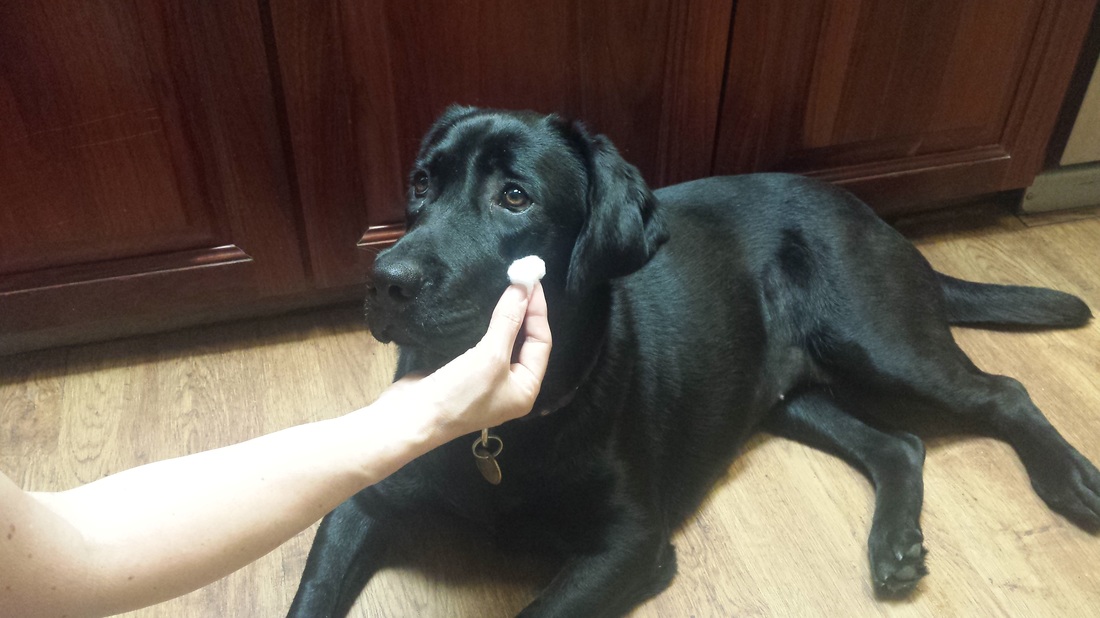
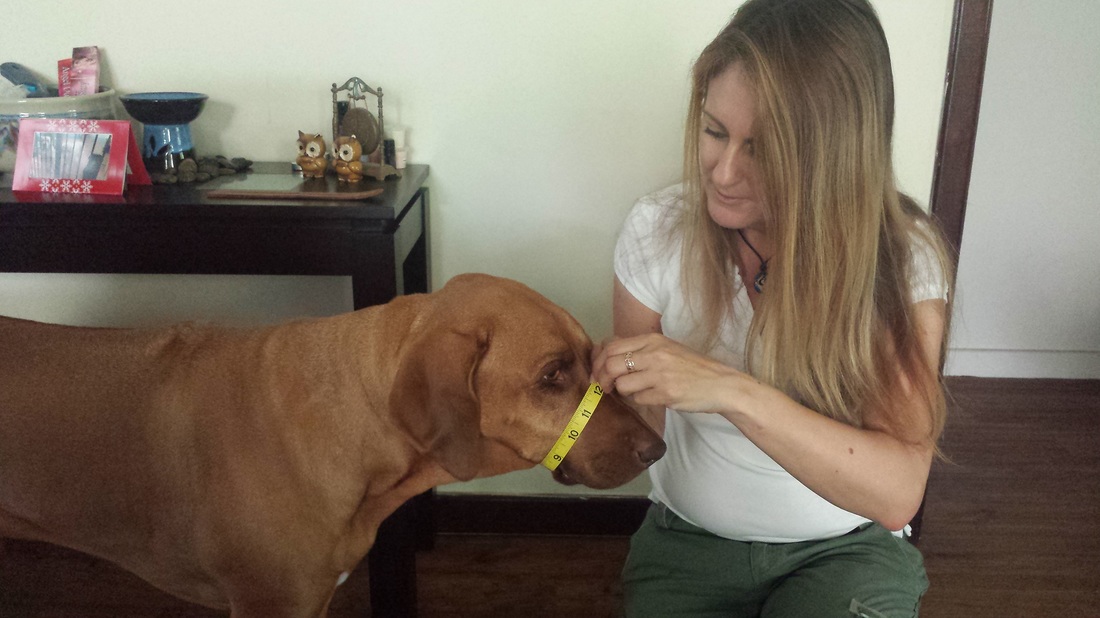
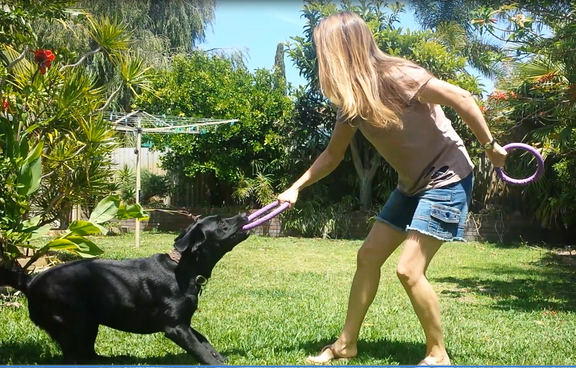
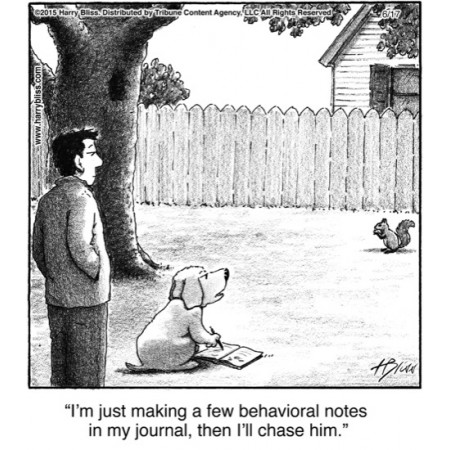
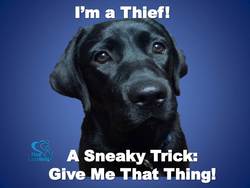
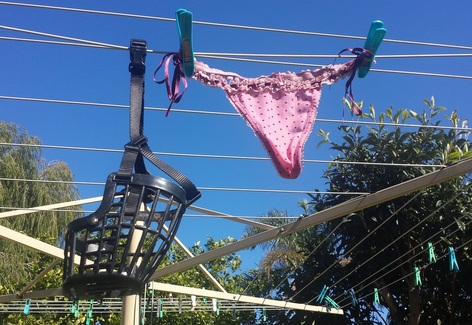
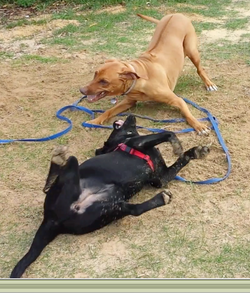
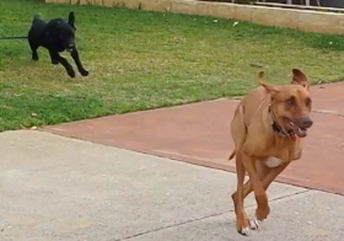
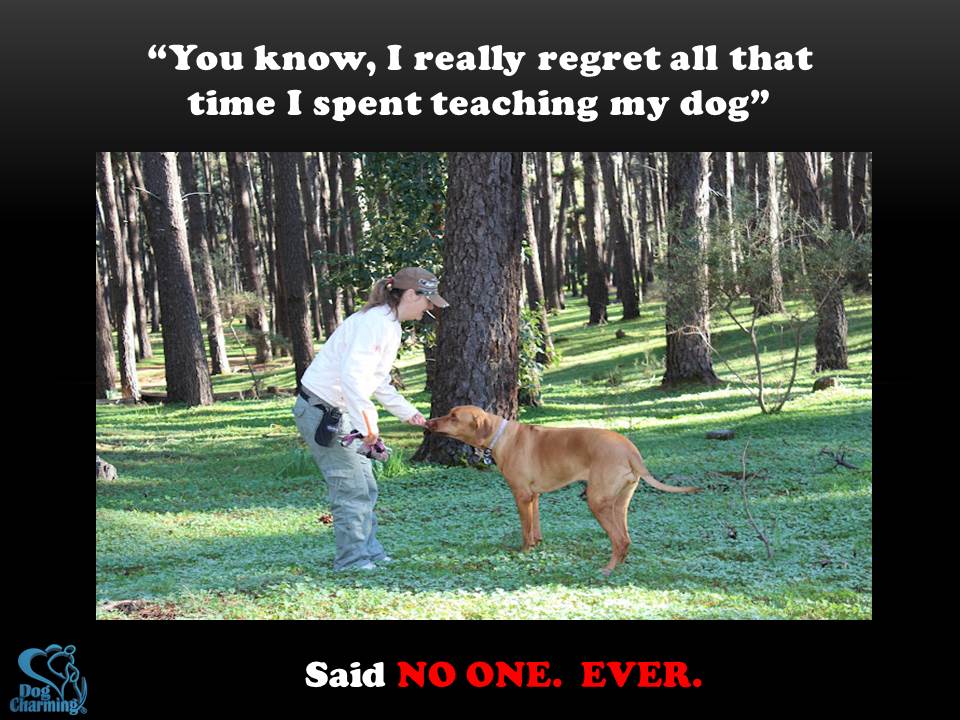
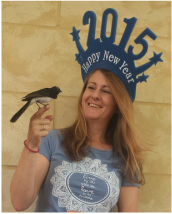
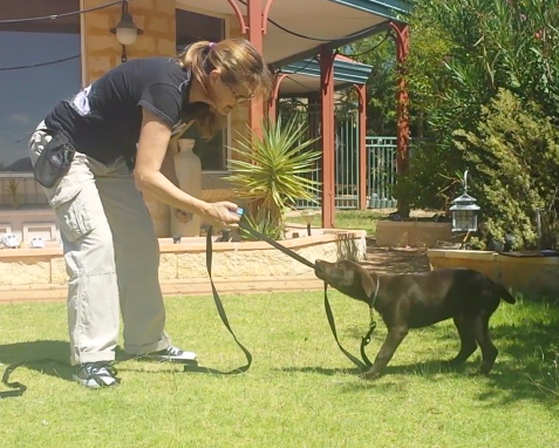
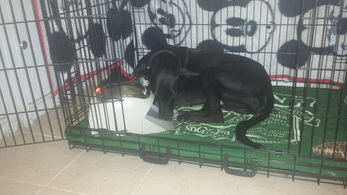
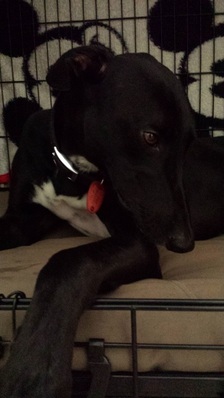

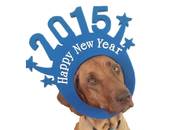
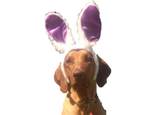
 RSS Feed
RSS Feed